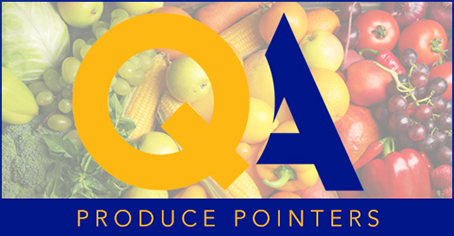The Problem
Two bad pallets, eighteen good pallets.
The Key Point
Shippers do not promise each pallet will meet good arrival standards.
The Solution
Assess the condition and quality of the shipment as a whole.


Q: We are a produce distributor located in Texas. We recently purchased 1,600 cases of yellow squash and resold the product to our customer in the Midwest. Upon arrival, everything looked good except for two pallets of squash.
We immediately notified the shipper of the issue and our customer called for a USDA inspection. When the inspector arrived, the receiver asked her to inspect the two pallets of bad product and the eighteen good pallets separately.
As expected, the two pallets “failed” the inspection, and the eighteen pallets passed. When we sent the certificates to the shipper, however, the shipper said the entire lot passed. I’m not sure how this works; I’m just trying to claim losses for the two pallets that failed. Please advise what I’m missing here.
A: We understand your frustration if your shipper knowingly loaded two bad pallets with this shipment. But, by default, when product is sold without a grade, or any special agreement, shippers only promise that their product, as a whole, will make good arrival, and not that each individual pallet or container will do so.
Therefore, normally you would have the USDA inspector inspect the entire load as a single lot, rather than separating the bad pallets for inspection. But in your scenario, it’s simply enough to combine the results from both lots to arrive at the total defects for the entire load.
For each lot, just multiply the percentage of defects by the number of cartons inspected, then add the resulting numbers together and divide by 1,600 (the total cartons shipped) to arrive at total defects for the entire load.
If the resulting percentage exceeds good arrival standards, you will be in a position to establish a breach of the sales agreement.
This is a Trading Assistance column in the September/October 2023 issue of Produce Blueprints Magazine. Click here to read the whole issue.



